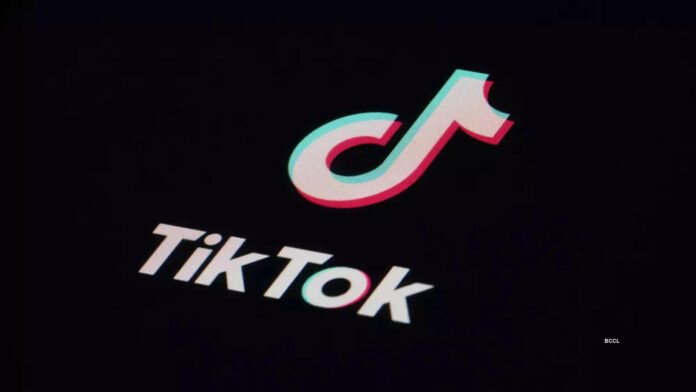TikTok announced on Thursday its implementation of a technology designed to label images and videos created by artificial intelligence and shared on its platform.
This includes the adoption of “Content Credentials,” a digital watermark indicating the creation and editing process of media content. Developed initially by Adobe, the Content Credential technology is now accessible for other companies to employ and has already been embraced by entities like OpenAI, the creators of ChatGPT.
Concerns have been raised by researchers regarding the potential misuse of AI-generated content for spreading misinformation, particularly in relation to the upcoming U.S. elections. TikTok, already part of a coalition of 20 tech companies committed to combating such misuse, reaffirmed its dedication to this cause.
YouTube, a subsidiary of Alphabet’s Google, along with Meta Platforms, which owns Instagram and Facebook, have also announced their intentions to integrate Content Credentials into their platforms.
For the system to function, both the creator of the generative AI tool utilized for content creation and the platform used for content distribution must agree to adopt the industry standard.
If an individual employs OpenAI’s Dall-E tool to produce an image, for instance, OpenAI affixes a watermark to the resultant image. Subsequently, if this marked image is uploaded to TikTok, it will automatically be labelled as AI-generated.
TikTok, owned by China’s ByteDance, boasts 170 million users in the United States. Recently, the U.S. passed legislation mandating ByteDance to divest TikTok or face a ban. TikTok and ByteDance have filed lawsuits to challenge this law, contending that it violates the First Amendment.
Read more: Punjab’s e-bike scheme receives 100,000+ applications, balloting set for May 10
While TikTok already distinguishes AI-generated content created using in-app tools, this latest initiative extends to content generated externally.
“We also have policies in place that prohibit realistic AI content that is not labeled. If such content appears on the platform, we will remove it for violating our community guidelines,” stated Adam Presser, head of operations and trust and safety at TikTok, in an interview.





